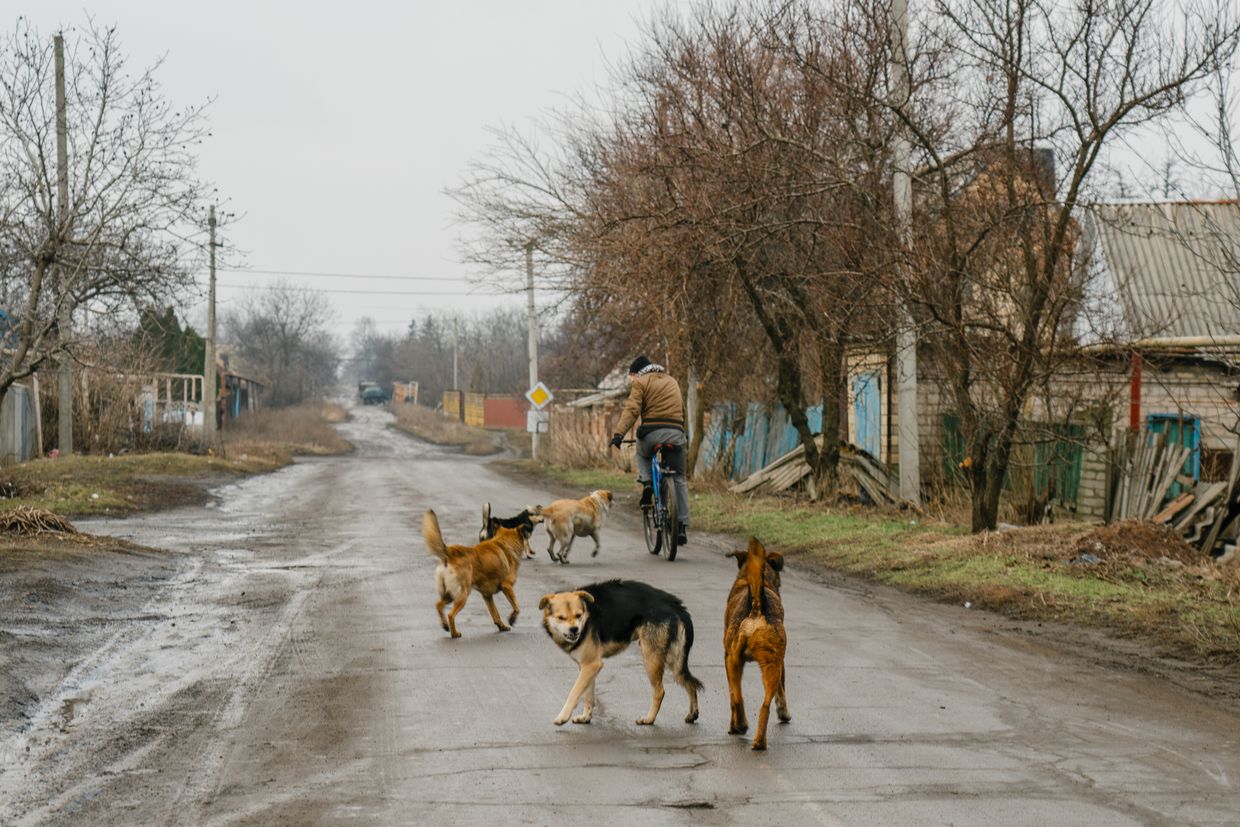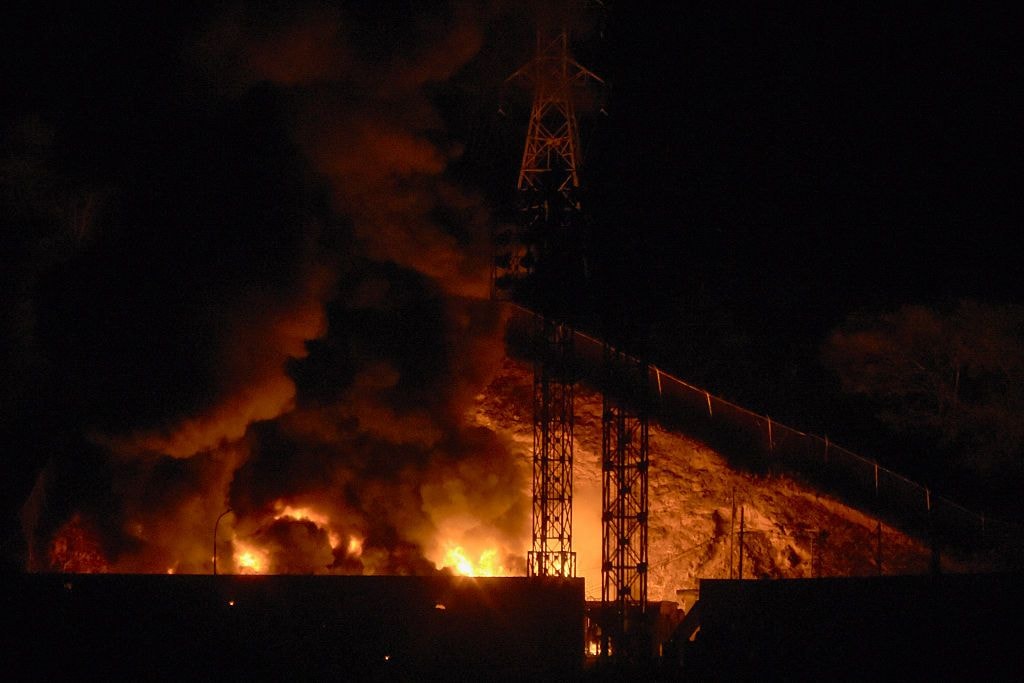Ukraine war latest: Russia producing 3 times more shells than US, Europe can provide to Ukraine, CNN says

Key developments on March 11:
- CNN: Russia producing 3 times more shells than US, Europe can provide to Ukraine
- Baerbock says Taurus-Storm Shadow missiles swap 'an option'
- Zelensky: Ukraine building 2,000 kilometers of fortifications
- Russian attacks against Ukraine kill 3, injure 13 over past day
Russia is set to produce nearly three times as many artillery munitions as the U.S. and Europe can send to Ukraine, CNN reported on March 11, citing NATO intelligence estimates and unnamed sources familiar with the matter.
Russia is producing close to 250,000 artillery munitions monthly, or around 3 million per year, according to NATO estimates seen by CNN and the outlet's sources.
Together, the U.S. and Europe can produce approximately 1.2 million munitions annually to send to Ukraine, a senior European intelligence official told CNN.
Kyiv is facing critical ammunition shortages, as $61 billion in funding from the U.S. remains stuck in Congress. Several European countries joined a Czech-led initiative to procure 800,000 sorely needed artillery shells for Ukraine.
The U.S. military aims to produce 100,000 artillery shells a month by the end of 2025, which is still less than half of Russia's monthly production. However, even this figure is now unattainable due to funding issues in Congress, CNN reported.
Russian troops are currently firing 10,000 shells on the battlefield daily, while Ukraine is firing only 2,000, according to the officials.
An unnamed NATO representative said that Russia is running its artillery factories around the clock and had employed about 3.5 million people, compared to 2-2.5 million before the start of the all-out war against Ukraine.
“Their war machine works in full gear,” the intelligence official told CNN, saying that Moscow “put everything they have in the game.”
Despite Russia's ramp-up, Western officials believe that these capacities are "still not enough to meet its needs," saying that they do not expect Moscow to "make major gains" in Ukraine in the short term.
Estonia's Foreign Intelligence Service reported in February that as well as producing new shells, Russia has been refurbishing Soviet stocks of artillery ammunition, allowing it to produce as many as 4 million units in 2023.
The EU conceded that it would be able to deliver only half of the promised 1 million shells by the March deadline. The European Union's top diplomat, Josep Borrell, said that he urged member states to procure ammunition for Ukraine outside the bloc.
Baerbock says Taurus-Storm Shadow missiles swap 'an option'
Germany's Foreign Minister Annalena Baerbock said she was open to a deal in which London supplies Ukraine with additional Storm Shadow missiles in exchange for Germany backfilling British long-range missile stocks.
Baerbock's statement came after U.K. Foreign Secretary David Cameron proposed the idea of a so-called ring exchange in an interview with German Süddeutsche Zeitung on March 8.
"The ring exchange is a German invention, so to say. It would be an option. And we've already done it with other equipment some time ago," Baerbock told the German public broadcaster ARD on March 10.
This way of transferring weapons has already taken place some time ago to avoid directly arming Ukraine, the minister said.
Taurus missiles, which have a range of up to 500 kilometers (310 miles), have been the subject of extensive discussion since Ukraine submitted a request to acquire the weapons in May 2023.
German Chancellor Olaf Scholz is reportedly against sending Taurus missiles to Kyiv because he fears the move will draw Germany into the war. Ukraine has received other long-range missiles, such as the Storm Shadow from the U.K. and the French-made SCALP.
U.K. officials have repeatedly made clear to Germany that Ukraine badly needs long-range missiles, Bloomberg reported.
Unlike Germany, both the U.K. and France have supplied Ukraine with its missiles with a range of over 250 kilometers (155 miles).
Germany's parliament supported a motion to deliver unspecified long-range weapons to Ukraine on Feb. 22, the same day it rejected sending Taurus missiles.
Zelensky: Ukraine building 2,000 kilometers of fortifications
Ukraine is building 2,000 kilometers of fortifications, President Volodymyr Zelensky announced on Telegram on March 11, following a meeting with military commanders and ministers.
In the fall of 2023, the authorities received criticism for slow progress on fortifying defensive lines. A working group was established in November to coordinate fortification efforts.
Prime Minister Denys Shmyhal reported in January that the government had allocated around Hr 17.5 billion ($466 million) for the construction of fortifications, calling it a "record amount."
Zelensky said that during the meeting, he received a report from Shmyhal on the "pace of construction of new defense lines."
The construction of 2,000 kilometers (1,240 miles) of fortifications across three lines of defense is "a massive task, but the pace is good," Zelensky said.
Zelensky said he also received "detailed reports from the command regarding the situation on the battlefield," as well as reports from Defense Minister Rustem Umerov and Strategic Industries Minister Oleksandr Kamyshin regarding ammunition supplies to the front line.
The Wall Street Journal (WSJ) reported on March 7 that Ukrainian troops are building fortifications in expectation of a Russian offensive in the spring, though there are worries that the progress is not fast enough.
Russian attacks against Ukraine kill 3, injure 13 over past day
Russian attacks against Ukraine killed three people and injured 13 over the past day, regional authorities said on March 11.
Russia launched 25 Shahed-type drones at Ukraine overnight, 15 of which were shot down by Ukrainian air defenses, the General Staff reported in a post on Facebook.
Russia targeted a total of 10 Ukrainian oblasts — Chernihiv, Sumy, Mykolaiv, Luhansk, Zaporizhzhia, Dnipropetrovsk, Kharkiv, Odesa, Kherson, and Donetsk. Casualties were reported in the latter two regions.
Two people were killed and 12 injured in Dobropillia, Donetsk Oblast, as a result of a Russian drone attack on a residential area, said Vadym Filashkin, the regional governor. Russia forces also hit the town of Chasiv Yar, killing one person, authorities said.
Russian troops launched 12 strikes against multiple settlements in Kherson Oblast, damaging around eight houses, a multi-apartment building, and a car, Governor Oleksandr Prokudin said. According to him, one person was injured as a result of the attacks.
In Kharkiv Oblast, Russian troops attacked the town of Vovchansk three times, including with guided aerial bombs, regional Governor Oleh Syniehubov reported. A total of two private houses and six outbuildings were damaged as a result of a nighttime attack with multiple launch rocket systems (MLRS), he said.
A Russian drone attack in the early hours of March 11 damaged two multi-apartment buildings, a hotel, an infrastructure facility, and two cars in Kharkiv.
Russian troops struck Nikopol with drones and shelled the Chervonohryhoriv community in Dnipropetrovsk Oblast, damaging six houses, three outbuildings, a greenhouse, a gas pipeline, and power lines, Governor Serhii Lysak wrote on the Telegram.
Overnight, Ukrainian air defense forces shot down 10 drones launched by Russia over Odesa Oblast, Oleh Kiper, the regional governor, reported. An infrastructure facility was hit and administrative buildings were damaged as a result of the attack.















